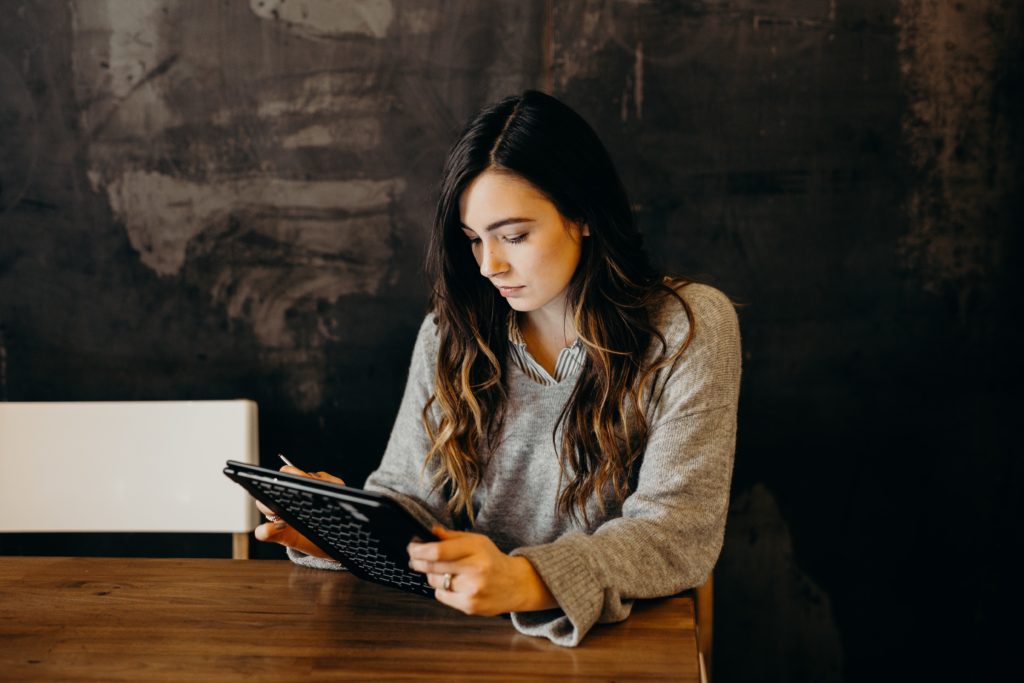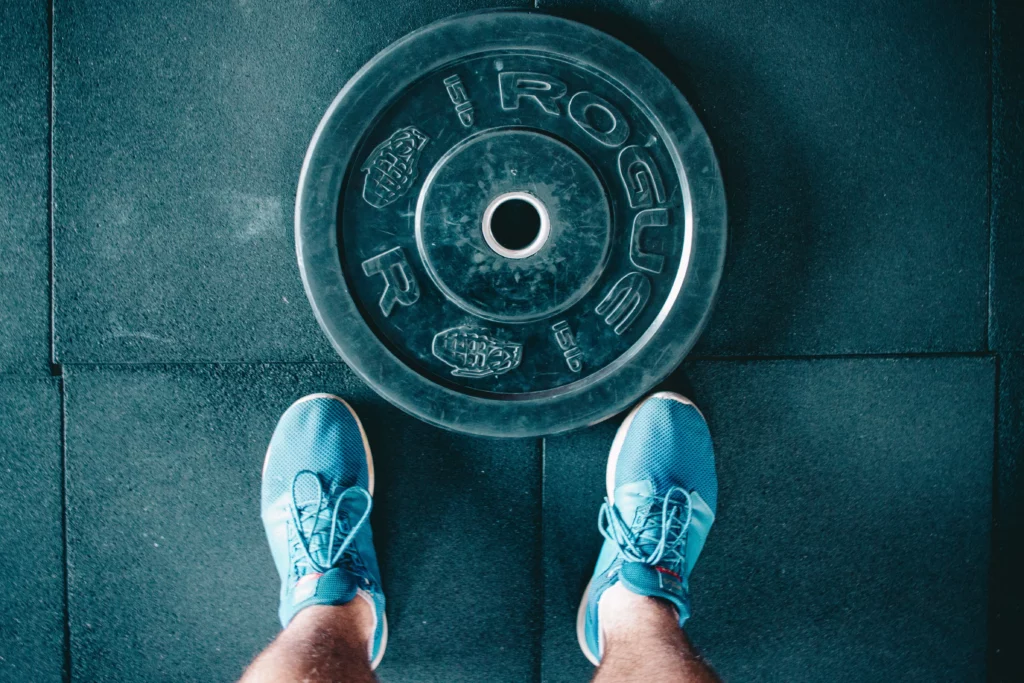More than one in four adults in the U.S. aged 50 to 80 reported feeling lonely, and that was before the COVID-19 pandemic forced millions of people across the globe into lockdown. Around 35.7 million people (making up 28% of all households) live alone and if, in the past, social connections, work, and community living did plenty to reduce the mental effects of loneliness, these tools need to be replaced in an effort to preserve wellbeing and mental health. Technology has done plenty to shorten distances, with apps, streaming services, and health technology helping to reduce anxiety and depression. These are just a few technologies that have taken on a whole new importance during the fight against COVID-19.
Live Video Conferences
Zoom Meetings, Google Meets, Skype, and other live video conference tools are taking a whole new importance when it comes to keeping teams united but they can also be a vital aid that enables users to stay in touch with family and friends. Zoom and Google Meets are free for calls to computers or smartphones, while Skype is free to computers but charges $3 monthly for smartphone calls. Top software enables users to pin a speaker or share the screen equally between users. Voice recognition technology enables the user who is speaking to automatically be displayed to other users.
The Rise in Online Gaming
Video game usage and live streaming have enjoyed an immense boom during lockdown, with telecom giant Verizon finding that online gaming has risen by 75% during peak hours in the U.S., while streaming has by 12%. Video gaming during the pandemic provides connection and helps players maintain a routine. Researchers at Edge Hill University and University of York studied over 700 players of massive multiplayer online games, finding that engagement in these games boosted self-esteem, social identity, and social competence while lowering levels of loneliness. Most top online games allow others to interact in real time, with players aiming to achieve a plethora of goals together.
Wellbeing Apps
The COVID-19 pandemic has led to a rise in anxiety and depression. Recent research by the foundation KFF has found that some 45% of adults in the U.S. report that their mental health has been negatively affected by worries over the virus. Those in isolation can face an even greater impact, since they are less distracted by family members of friends. Wellbeing apps such as Calm and Headspace are excellent allies, since they provide a host of mindfulness-based exercises, including controlled breathing and meditation. These activities have been found in countless studies to successfully reduce stress hormone levels. As such, they are an important component of therapy programs for everyone from those with anxiety to those recovering from substance abuse.
Tele-Health
There are also a wide range of apps allowing Americans to access help from doctors and mental health providers during COVID-19. They can be a crucial aid for those living at home who are worried about their physical or mental health and who require professional help. One (2016) study published in Telemedicine Journal and E-Health found that there is “strong and consistent evidence of the feasibility of telemedicine and its acceptance by users, as well as uniform indication of improvement in symptoms and quality of life among patients (with mental disorders) across a broad range of demographic and diagnostic groups.”
Technology is a crucial tool for people living in isolation during the COVID-19 crisis. Live video conferences and gaming are two services keeping individuals entertained and informed. Wellbeing apps and tele-health, meanwhile, are going a long way towards reducing anxiety and depression — the most common mental conditions in the U.S. before and during COVID-19.
- How Modern Technology Is Keeping Classic Cars On The Roads - September 28, 2023
- Innovation Through Music – How Production Tech Is Expanding Genres - August 11, 2023
- Mu6label: The AI-Powered Device That Helps You Learn Guitar - July 8, 2023




Comments are closed.